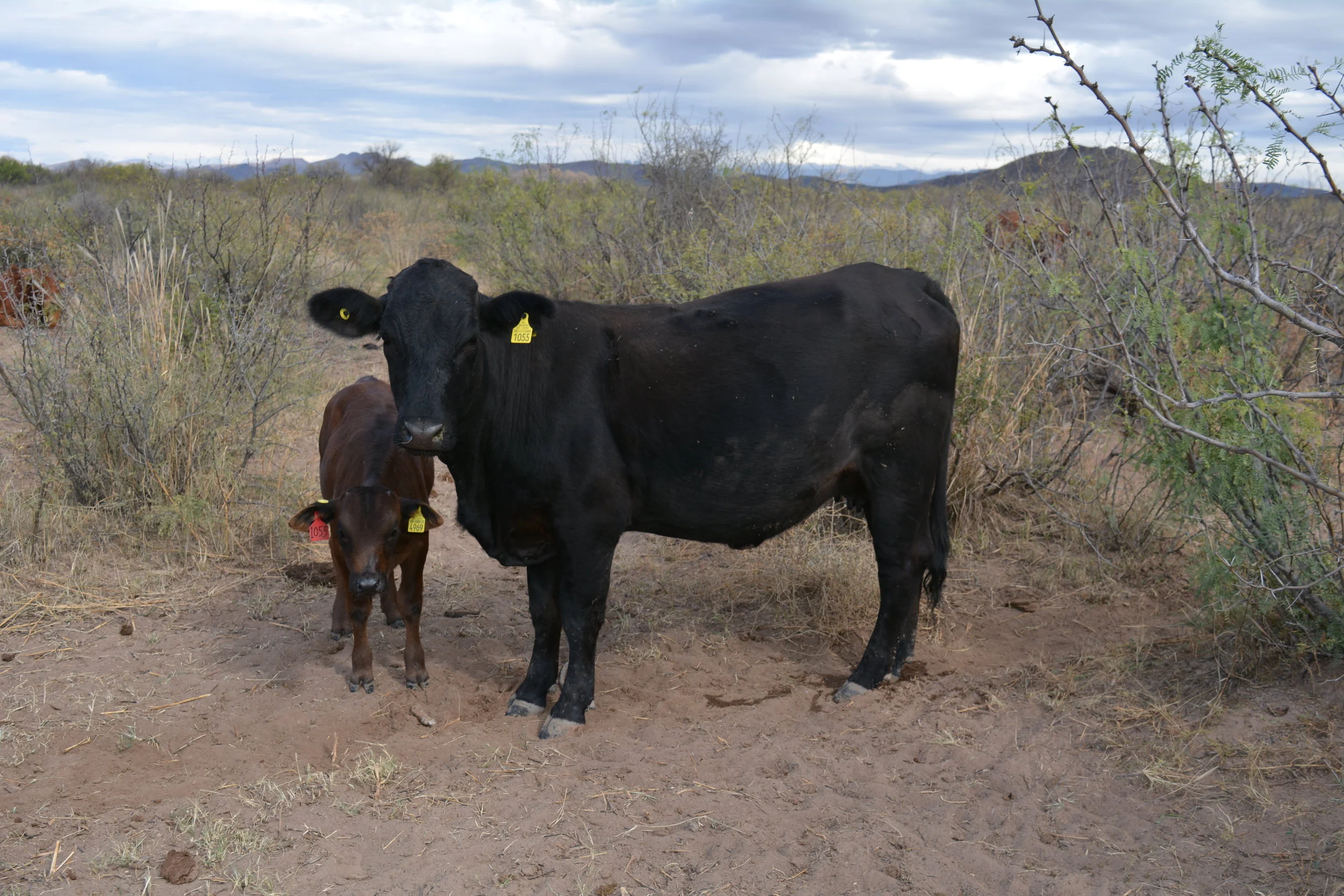Academia, paradigms, and many ranchers strongly advocate towards controlled calving so that cows receive the best nutrition available prior and during calving to increase productivity. Indeed, this is a very logical statement and practice in theory but does it really take into consideration the best and most profitable model for the open range? Especially in the desert or places with erratic unpredictable rainfall? Can you afford financially to have any open cows in your operation? In my experience, there have been many years when the rains are delayed or never arrive. Other times when temperature changes trigger unexpected high nutritional forage in the form of herbs and flowers and early spring growth that occur at times of the year when our cattle don’t capitalize from these benefits. The real question, are we really able to determine the exact and best time when our cows should calve or does nature know best?
What is the Ideal Size and Number of Pastures
Often we are asked the question, "How big are your pastures, how many do you have, and why not make them smaller?" In order to answer this one must understand some background in regards to our location and our personal experiences as they are the determining factors to our pasture managament. First, our ranch is located in the heart of the Chihuahaun desert in Northern Mexico. According to the jornada experimental range in New Mexico, the average precipitation for our area is 255mm (10 inches) per year. In my own opinion, there is no such thing as an average. As we have seen, we might receive all of our annual precipitation at once, none at all or in a lucky year consistently and effectively throughout the monsoon season. From our observations we can typically rely on having two good years out of a whole decade. From 2010 to 2013 we recived a total cumulative rainfall of 280 mm, less than 100mm (4 inches) per year. At the end of the drought, summer of 2013, we received 320mm (13 inches) in a single week, then nothing more for the rest of the year. Ask yourself if it is even possible to maintain your herd with those conditions in small pastures? Is it practical to plan for a three year rest period, as this is what nature gave us to work with? To our surprise it was possible to survive the three year drought but it took a lot of thinking outside the box. Obviously we had to destock more than 60% of the herd. We did it gradually as things got worse and this helped from a cashflow perspective instead of selling all at once. Secondly, we had to rotate pastures as many times necessary to stay alive. Our thoughts in doing so was to provide any available forage and seasonal growth to keep our animals and pastures in the best possible condition.


